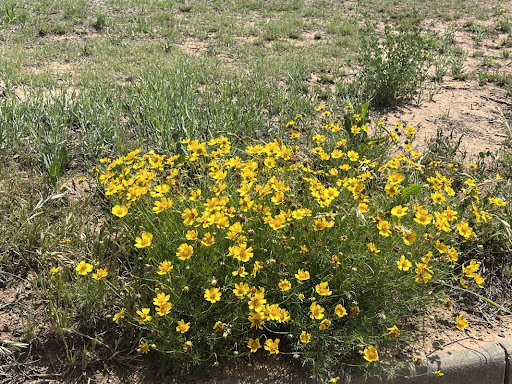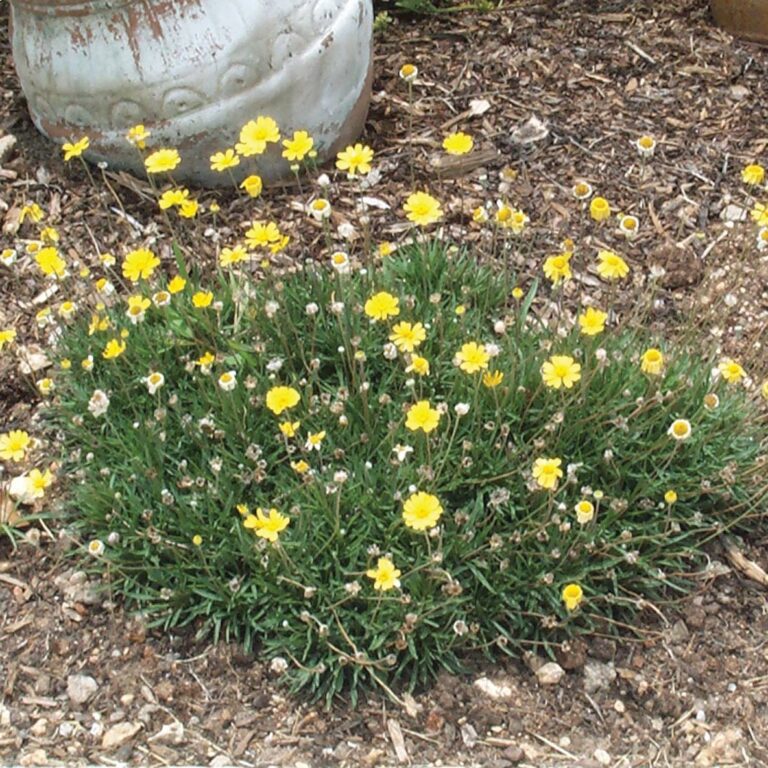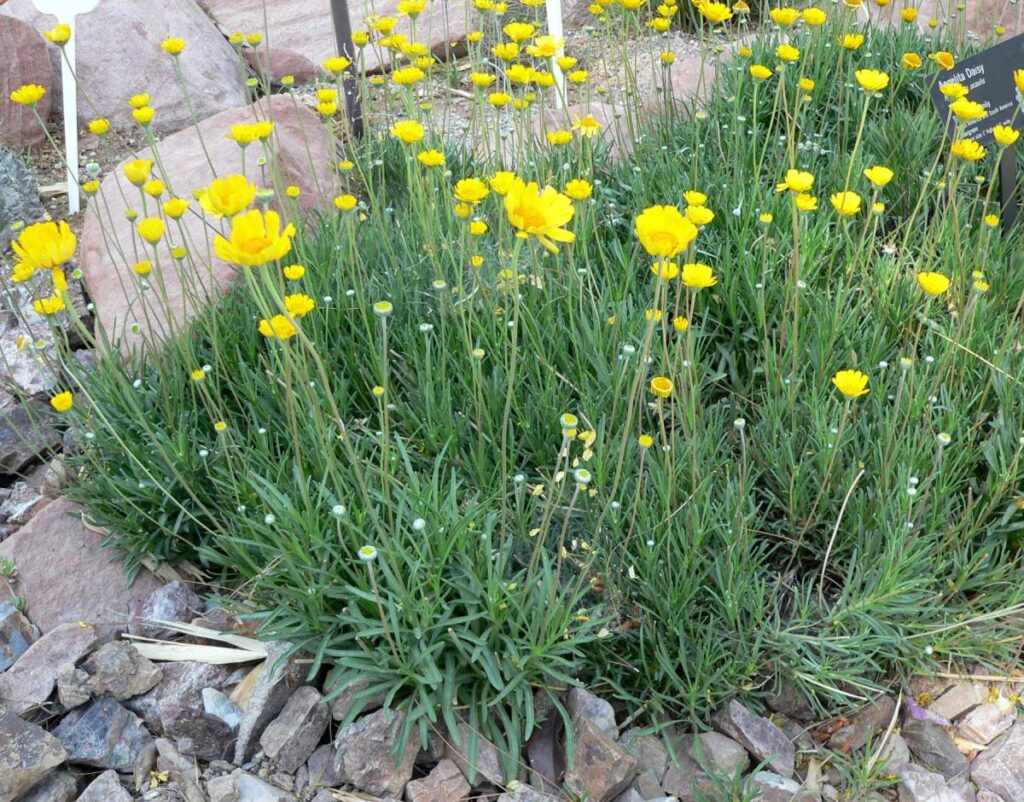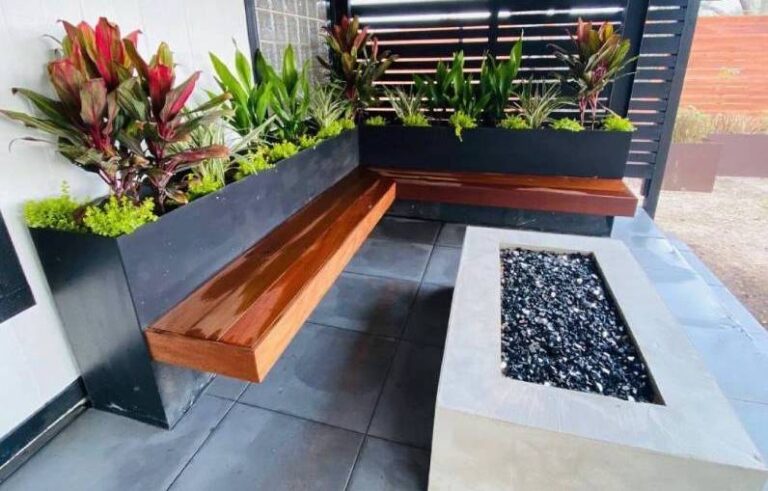Four-Nerve Daisy
Tetraneuris scaposa
The Four-Nerve Daisy is a resilient flowering perennial that does well in Austin landscapes. Tetraneuris scaposa is a compact plant that can grow in a variety of conditions. Perfect for beds and dry rock gardens, the Four-Nerve Daisy will provide a pop of vibrancy wherever you plant it.
The Four-Nerve Daisy is a unique plant native to Texas. It works well in Austin landscaping because of its low-maintenance nature. Tetraneuris scaposa doesn’t require fertilization like other flowering plants. Furthermore, the only pruning you’ll need is removing spent flowers to maintain a tidier look.
Watering is easy, too. This drought-tolerant plant prefers relatively dry, rocky soil with great drainage. It won’t stand pooling water or super-wet conditions. So, it’s perfect for hot Austin summers.







